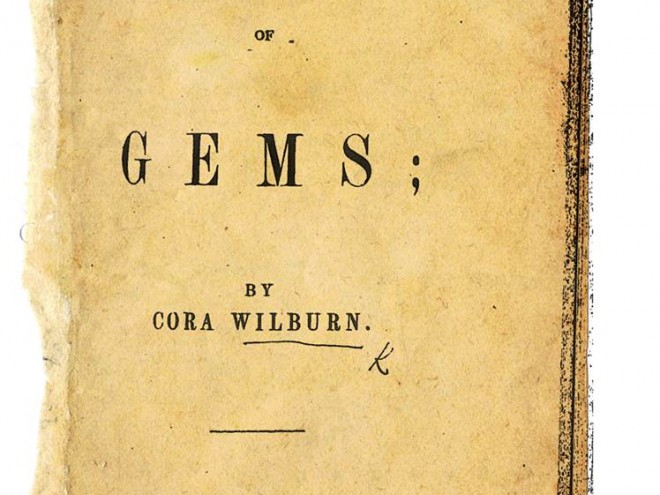In the preface to his newest book, the noted historian of American Jewish History Jonathan D. Sarna shares the impetus for the fifteen essays included in this volume: “The American theologian Harvey Cox once observed that ‘few faiths ever escape modification when they collide or interact with others. Most profit from such encounters.’ Coming to Terms with America applies Cox’s observation to the Jews.” The essays have all been previously published, but they have never appeared together. Each has a theme of its own, but collectively explores the encounter between Jews and American society from the American Revolution to the present.
The essays are divided into three parts. The six essays of part one considers the tension in “straddling two civilizations” and how to best harmonize these disparate worlds. The third essay explores the evolution of Jewish prayers for the government, with their roots in the Hanoten Teshu’ah prayer developed in the sixteenth century. Sarna concludes that the history of this prayer serves as a “barometer of the relationship between American Jews and the state” over time.
The three essays of part two investigate how Jews sought to transform America into a center for Jewish renaissance. Chapter nine explores the tension found in the hallways of the Jewish Theological Seminary between scholars who supported textual study to its own end and those that saw this scholarship as a means to “restore or remake Judaism cut loose from its moorings.” Sarna suggests that while both approaches have a following at the Seminary, the divide between the two has only widened in the last half-century, reflecting a broader tension found in the Conservative movement.
The six essays that comprise the final part of Sarna’s anthology explore American Jewry’s search for balance between acculturation and assimilation. Chapter fourteen considers the confrontation between Jewish and Christian ideas and ideals in the public square, public schools, the military, and the prison system. An example of this confrontation can be found in public school curriculum, which, despite Supreme Court rulings upholding the separation of church and state, continues to be a source of tension. However, Sarna concludes, this confrontation ultimately serves to enrich all faiths, suggesting that “where the Christian majority and the non-Christian minorities in the United States do compete freely, they learn from one another, borrow from one another, and strengthen one another.”
The essays contained in this collection were originally written over the span of forty years, yet each is as relevant today as when they were first authored. As part of the Jewish Publication Society’s Scholar of Distinction Series, Coming to Terms with America represents exemplary scholarship that is also accessible to the lay student of American Jewish history. A reader will come away with new insights on how the Jewish community of the United States has navigated embracing both American and Jewish ways of life.





